We need to talk about 'Tesign' - Design starting with Tech
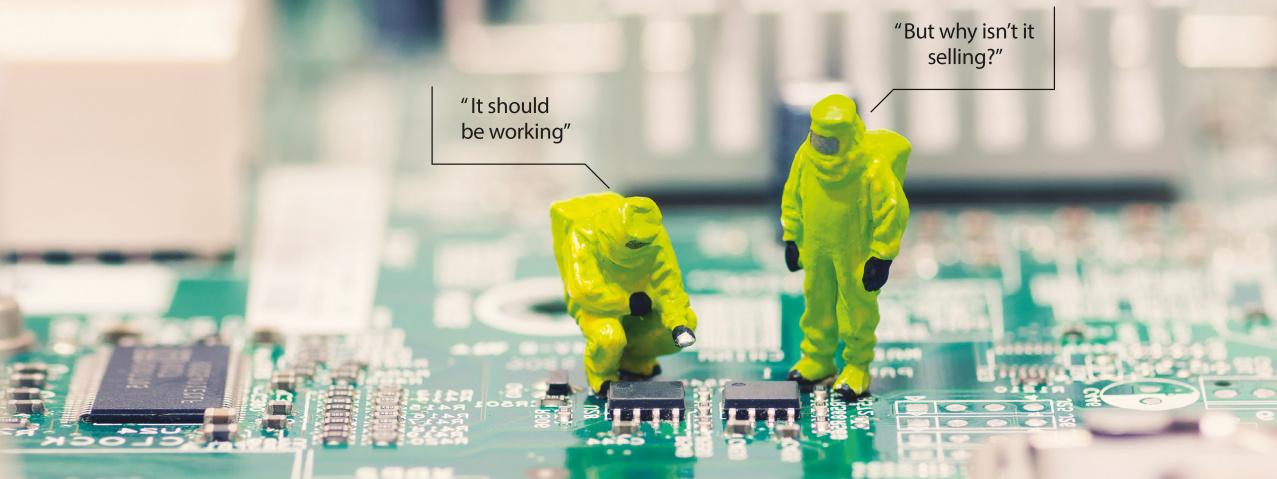
Emerging technologies always have the potential to change the way we live for the better. But such technologies cannot succeed without the help of great Tesign
Good design is obvious, well designed products need no manual. This ethos is apparent in trends in personal computing; thirty years ago a desktop computer arrived with a phonebook-sized manual to lead you through a day of hardware setup and OS installation. Now we expect to unbox a device and, in under a minute, book a flight online, get automatic updates on the weather at our destination while being served targeted ads for weather appropriate clothing… The ease and obviousness of the experience explains why exponential growth in the ubiquity of computing hasn’t seen an explosion in tech support call
centre jobs.
As far back as 1988, technologist Mark Weiser and colleagues at Xerox used the term ‘ubiquitous computing’ to refer to the potential for applications previously confined to desktop computers to be implemented anywhere via distributed computing, wearables, smart appliances... Of the concept, Weiser claimed: “The most profound technologies disappear. They weave themselves into the fabric of everyday life until they are indistinguishable from it.” Three decades later, we’re surrounded by the tech Weiser predicted, and his claim seems like a statement of the obvious.
Technologies don’t ‘disappear’ spontaneously, making them disappear is the job of Tesign. But here’s the rub; Weiser’s team had the tech to implement ‘ubiquitous computing’ by the early 90s. Yet at that time, to the public Weiser’s vision sounded like a cyberpunk fever dream. It seemed like improbable sci-fi right up to the point when the future has arrived and we are unboxing that smartphone, booking that flight, being served that advert… and it’s all perfectly obvious.
What accounts for the decades that elapse between a technology being developed and that tech becoming commonplace, or ‘disappearing’? How can design speed up the process?
One answer is that new tech must overcome significant inertia. Take the li-ion battery as an example that unfolded on a similar timescale to ‘ubiquitous computing’. The tech required for rechargeable li-ion batteries was demonstrated by M. Stanley Whittingham in Exxon’s laboratories in the 70s. But, it was impractical due to the costly materials required. By the 90s the tech was refined enough for commercial application. Then began the slow process of production capacity rising, pushing costs down, leading to rising consumer demand. And now, Elon Musk’s “Gigafactory” promises to exponentially accelerate the efficient production of li-ion batteries.
Apart from technical and commercial hurdles new tech must overcome, there’s the question of utility. According to Charles Eames “Recognising need is the primary condition for design.” Or to quote Jeff Goldblum’s sceptical chaos theorist from 1993’s Jurassic Park: “Your scientists were so preoccupied with whether or not they could, they didn’t stop to think if they should.” When the term ‘ubiquitous computing’ was coined, it wasn’t something people considered an everyday necessity. As long as people didn’t see laptops and smartphones as necessities, they had limited need of li-ion batteries. This vicious circle wouldn’t have been broken without people like Weiser and Whittingham doing research for its own sake into tech that was yet have an application. While the two technologies came from different fields of research if one had been developed without the other it may never have become commercially viable. In developing new tech at least, there’s an argument for doing it just because you can. This example also demonstrates that cross-disciplinary communication is invaluable.
Finally, there is another pervasive force slowing the acceptance of new tech. Weiser’s vision of ‘ubiquitous computing’ was regarded as a pipe dream for decades, not because it was yet to find a use, but due to the tendency for such tech to be presented as weird and wonderful, to be received with distrust and suspicion.
New tech requires open-ended research and a willingness to challenge established social or commercial norms. In contrast, design requires communication of such clarity that the medium of communication is unseen. The crux of Tesign then, is to mediate technology’s ability to open up new possibilities and in doing so, to make that technology ‘disappear’. It is up to us, professionals invested in the future of Tesign to be communicators.
Arthur C. Clarke’s Third Law sums-up this task: “Any sufficiently advanced technology is indistinguishable from magic.” just as a magician’s sleight of hand makes objects disappear, Tesign makes the internal workings of technology invisible to the user.
In upcoming issues of Signed we will see designers changing society, culture and industry through Tesign. Take inspiration, and remember the second of Clarke’s three laws; “The only way of discovering the limits of the possible is to venture a little past them into the impossible.”
Others
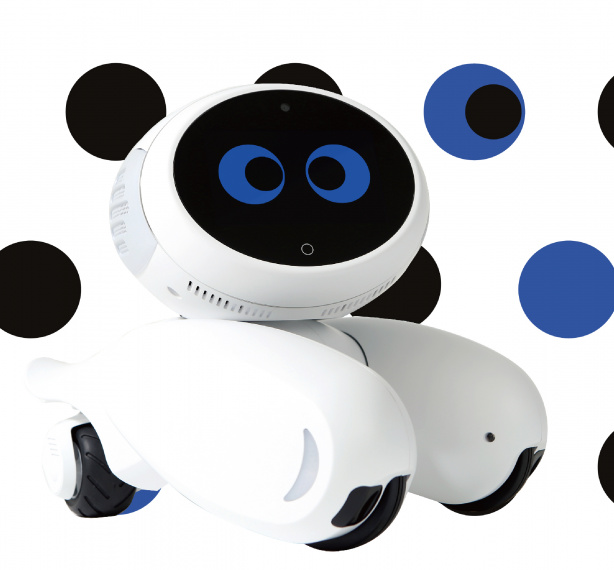
最新动态 | 1 September 2017
Robot Society

最新动态 | 1 September 2017
Game Changers
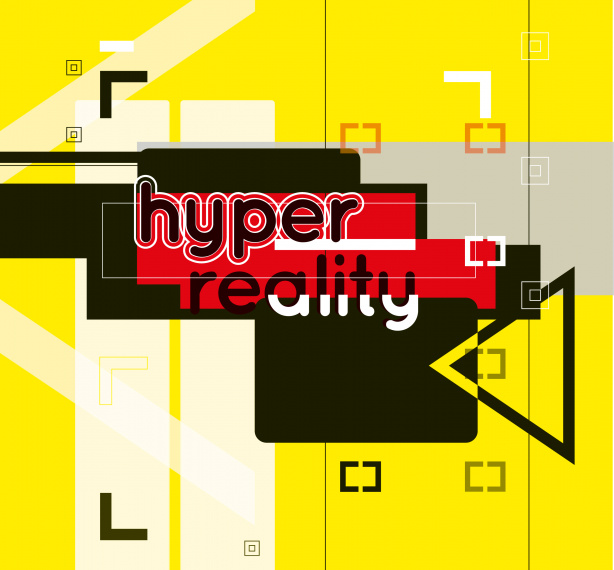
最新动态 | 1 September 2017
Hyper-reality

最新动态 | 1 September 2017
Battery Power
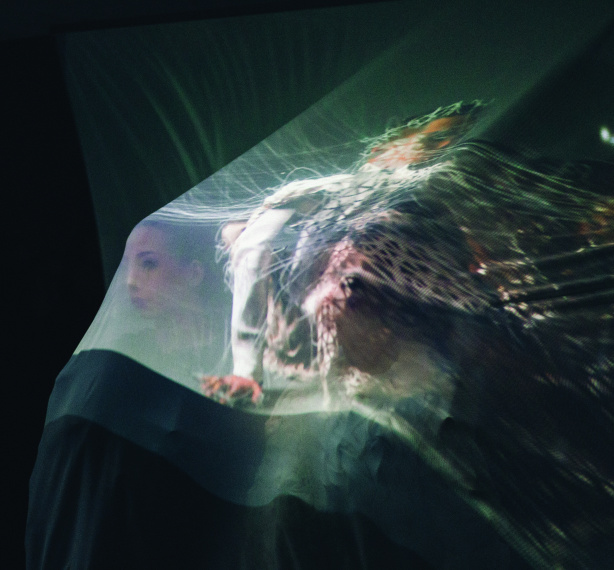
最新动态 | 1 September 2017
When Art, Fashion and Music Collide
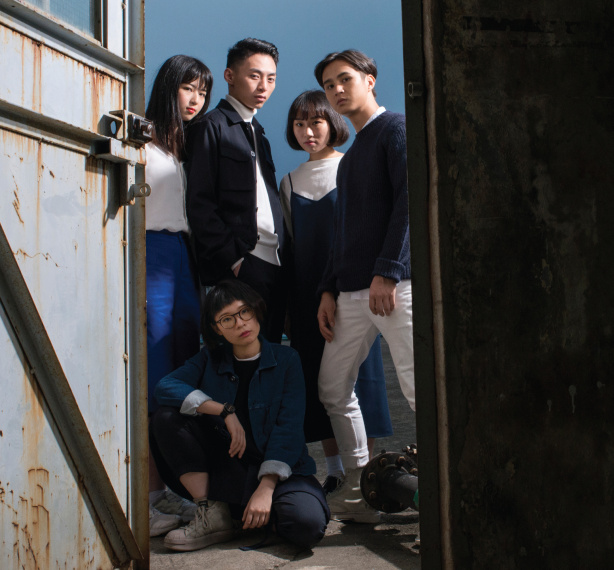
最新动态 | 1 September 2017
Designers Making a Difference

最新动态 | 1 September 2017
Small City, Big Data
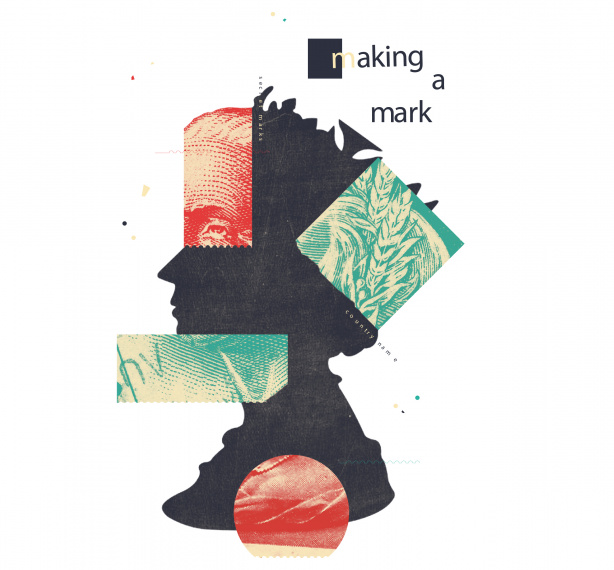
最新动态 | 1 September 2017
Making a Mark

最新动态 | 1 September 2017
